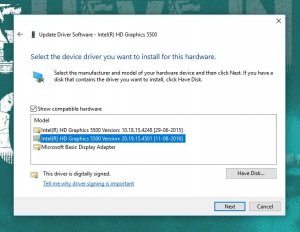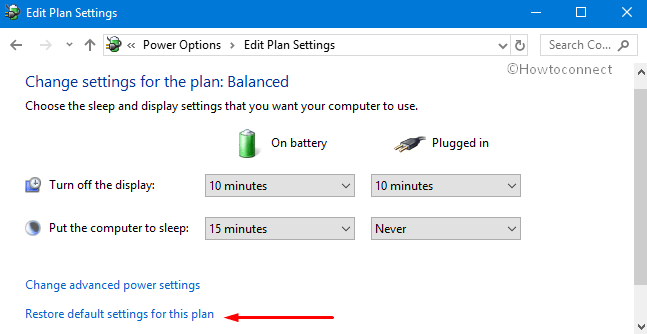
Substitute the 8c5e7fda-e8bf-4a96-9a85-a6e23a8c635c with the appropriate value you got in the step 3. See how to go to a Registry key with one click. Go to the key HKEY_LOCAL_MACHINE\SYSTEM\CurrentControlSet\Control\Power\User\PowerSchemes\8c5e7fda-e8bf-4a96-9a85-a6e23a8c635c.For example, the GUID of the High Performance power scheme is 8c5e7fda-e8bf-4a96-9a85-a6e23a8c635c. Note the GUID of the power plan for which you want to change the screen brightness.In the output, you'll see GUIDs for each available power plan.


Also, you may need to update your display drivers. For the method described below to work, you need to have a display with the appropriate hardware support. Note: While most portable devices like laptops or tablets support changing the brightness of the screen out of the box, most Desktop PCs come without this ability because the display hardware has its own brightness control. How To Change Screen Brightness in Windows 10

I've covered them in the previous article: There are a number of ways to change the screen brightness in Windows 10 without using a Registry tweak.


 0 kommentar(er)
0 kommentar(er)
